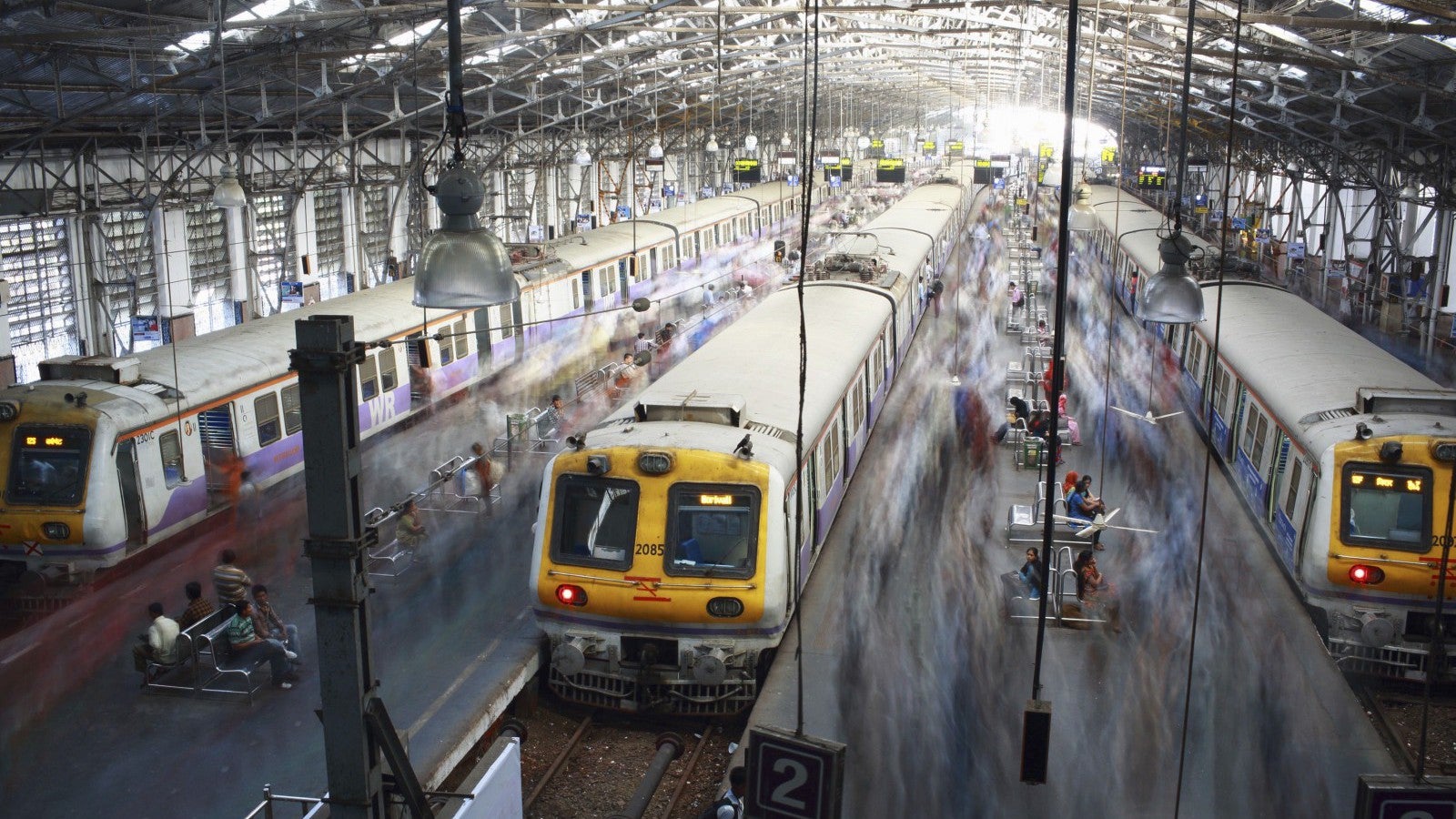In the future, people will actually look forward to their daily commutes
Commuting isn’t fit for today’s or tomorrow’s workforce—it’s time for a people-centric upgrade.


Commuting isn’t fit for today’s or tomorrow’s workforce—it’s time for a people-centric upgrade.
For transport providers, commuting used to be a question of technology-driven efficiency: “How can we get people to work quickly, safely, and cheaply?” But we should be more ambitious, aiming for a more systemic, human-centered goal: “How can we design urban mobility to support and boost people’s creativity and productivity?”
As part of an ongoing partnership with the Ford Motor Company, we interviewed and surveyed Londoners who regularly use two or more modes of transportation during their commute to work. What they told us revealed a public transportation system that is increasingly ill-equipped to cater to the new working practices, needs, and behaviors of the modern, urban workforce.
Over capacity
Commuting may get worse before it gets better. The United Nations reckons 60% of the world’s population will move to cities by 2030—up from 50% today—which might threaten to overwhelm the public transportation systems already operating beyond full capacity.
But for those still traveling in and out, day after day, commuting really is hell, according to Office of National Statistics research. “Holding all else equal,” it wrote in a 2014 report, “commuters have lower life satisfaction, a lower sense that their daily activities are worthwhile, lower levels of happiness and higher anxiety on average than non-commuters.” A big culprit? Unpredictability, which prevents people from getting used to their commute. Almost half of the Londoners we surveyed said their commute was disrupted all, or most, of the time. Almost 40% rated their commute between 0 and 4 out of 10.
Tomorrow’s commute: dynamic, multi-modal, on-demand
Organizations, city authorities, and even enlightened governments should increasingly invest in happier, healthier, calmer, and more creative workers. Accordingly, we’ll see public-transport bodies, car companies, and technology firms design a new wave of commuting services that support creative productivity.
What does this productivity-centered future look like? It’s a blurring of public and private modes of transport, including autonomous cars, ride sharing, microbuses, and bike schemes. It’s also more dynamic, multi-modal and on-demand; the helplessness of today’s commute should, hopefully, give way to an experience that offers more choice and control to the commuter.
Commuters are already gearing up for what they want for the future. Our survey found that 28% of Londoners already use three or more modes of transport to get to work on all or most days. They’re also dynamic in how they commute: 91% have a back-up solution in case of disruption.
Although our existing infrastructure—metro stations, trains, and bus routes—is rigidly fixed, the digital era is adding another layer of mobility. The likes of Uber Pool and Lyft Line are filling in the gaps of inflexible public transport and keeping people moving at prices that will soon be competitive. In China, Uber competitor Didi is offering on-demand buses to areas without public-transport links.
The journey is the destination
Squint a little harder at the research and you can extrapolate a world where commuting isn’t just a more bearable journey to work, but actually plays an active role in making us creatively productive. When we asked what people would want from their commute, a significant number said they wanted to be more productive and healthier.
The kind of work that we commute for is also slowly evolving—and it’s keeping us out of the office. The industrial, analogue, office-based, repetitive jobs of the last century are shifting to the knowledge-based, digital, and freelance ones of this century. Automation and AI will only accelerate this process. Walk into your local coffee shop and you’ll see this shift. The office has untethered: good wi-fi, a laptop, cloud software, and a rented desk is enough to work for, or even run a business. As teleconferencing dramatically improves, expect more people to work remotely. That’ll free up office space and decongest roads and rush-hour routes.
We therefore need to design solutions to fit people’s new working needs. As self-driving vehicles emerge, we could even see the rise of the “inverse commute,” with self-driving office pods commuting to our homes rather than the other way around. Web-connected movable work spaces, outfitted with modular furniture for different uses, could park somewhere picturesque for teams to conveniently meet.
Building this future will be one of the biggest systems challenges of the next few decades. Work, health, and mobility are intertwined in complex and codependent ways, which means governments, city authorities, businesses, car makers, public-transport providers, and technology and mobility companies will all have to work together and incentivize each other to support happier, healthier, and more productive city dwellers.
Perhaps in the next few years we’ll see one enterprising city authority start to use “creative productivity” as an overarching metric for how well its public services are performing. And hopefully, by doing so, turn today’s inhumane commute into something more human-centered.